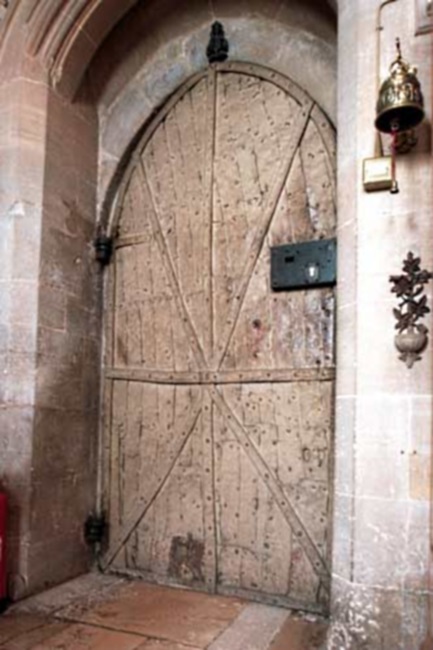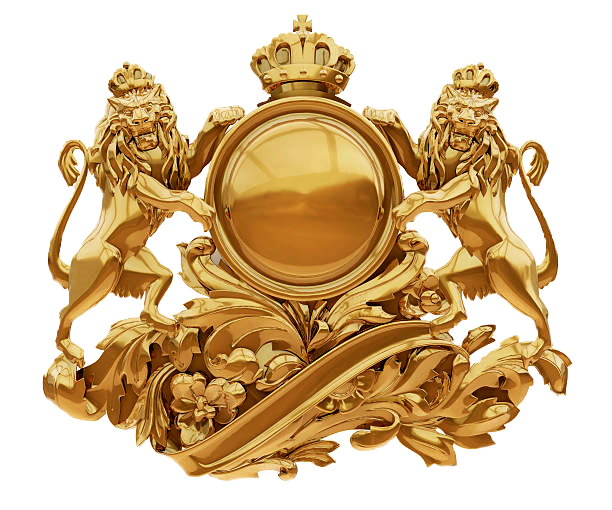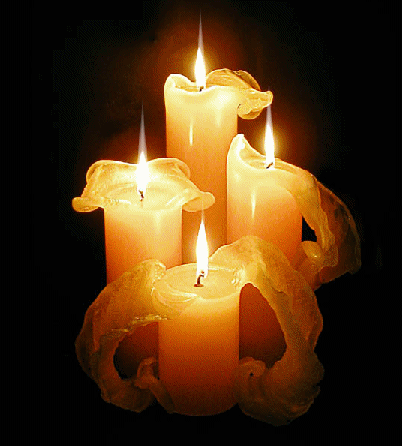
Richard III Burial Rosary
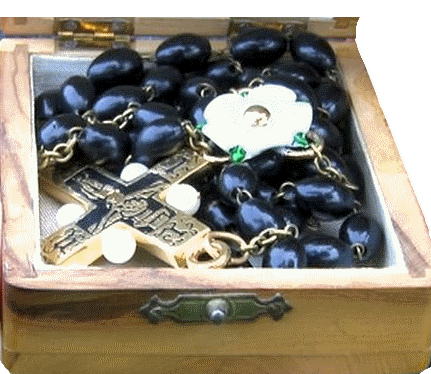
A STATEMENT FROM JOHN ASHDOWN-HILL "We have lots of evidence that Richard III was a prayerful man", John told us. "And also specifically that he was concerned with prayers for the dead - both for his dead relatives and for himself, when he died. Therefore I've been concerned from the very beginning of the Looking for Richard Project that his remains, if found, should be treated as he would have expected. It distresses me very much that no-one at the University of Leicester (which laid claim to all responsibility for the bones) seems to have any respect for, or understanding of, what Richard would have wanted - even though actually it's well documented. Richard's mother was buried with a Plenary Papal Indulgence, and I explored whether we could get one for Richard III. But I was advised by the Papal Nuncio that it would probably be regarded as inappropriate to issue one at this stage (they are normally granted while the individual is living). So I explored with Leicester Cathedral the possibility of burying Richard with a rosary and with certain relics. The relics I had in mind were a relic of St Francis because Richard had originally been buried in the Franciscan Priory) and a relic of the Holy Cross. Leicester Cathedral would not agree to the inclusion of the relics. I don't know why. However, they did agree to accept a rosary. And a rosary is a physical and concrete symbol of prayer, so I was pleased they said yes to that."
The Hours of Richard III and St. Ninian
FROM THE LAMBETH PALACE LIBRARY: "Books of Hours formed an important aspect of lay devotion in mediaeval England and included a series of prayers to be recited at specific hours of the day, paralleling the offices recited by monks, nuns and clergy, and thus helping the laity to unite their devotions to the church's liturgy. The image forms part of the frontispiece of the 'Hours of the Virgin' from King Richard's prayer book, a special section of prayers and devotions in honour of the Virgin Mary. The historiated initial portrays Mary wearing a blue robe (a colour suggesting purity and traditionally associated with her) kneeling at a desk draped in scarlet. Her hands are held in a posture of prayer and she appears to have a prayer book open before her, all of which can be seen to suggest her piety and openness to the angel's message. The angel Gabriel is also portrayed kneeling, and looking up towards Mary, a posture which points to the reverence due to her as well as her special vocation to become the mother of Christ. On her head Mary is wearing a wreath of flowers, which can be seen to allude to her traditional title of 'Queen of Heaven'. This particular Book of Hours is of special significance as its first known owner was King Richard III and it is thought that it would have been kept in his tent at the Battle of Bosworth. The volume includes a prayer which was apparently written by Richard in the first-person singular, praying for deliverance from various forms of affliction, sickness and danger. According to Professor Eamon Duffy, this was, in fact, a variation of a prayer which was included in many fifteenth-century primers and could be traced back to the Valois Dukes of Burgundy. However, an adaptation of this was included in Catholic prayer books following the Council of Trent, and came to form an important aspect of lay piety in the Counter-Reformation period. [E. Duffy, Marking the Hours: English People and their Prayers, 1240-1570 (Yale, 2006), 100]"
Where are George, Duke of Clarence, and Isabel Neville?
After his private execution for treason on 18 February 1478, ordered by his own brother, King Edward IV, George, Duke of Clarence, received the Manor of Tewkesbury when he married Isabel, daughter of Richard Neville, "the kingmaker.. In 1439 The manor passed down through the Beauchamp family and then to the Nevilles from Anne, Countess of Warwick. Upon George's death, the Manor at Tewksbury first passed to his oldest son and then was eventually returned to the Countess and remained partially held by her until her death in 1490, at which time the manor became property of the crown; Henry VII Tudor. The Duke of Clarence and Isabel where entombed at Tewkesbury Abbey, in an underground vault covered by a grate behind one altar. Over the centuries, the vault was subjected to decay due to the frequent lowland flooding of the Severn River. When Henry VIII became king and ordered the "Dissolution of the Churches," Tewkesbury Abbey was vandalized and laid to ruin but not before Tudor's men stormed the vault and absconded with whatever befit the king including and, perhaps, a pair remains that may have belonged to George and Isabel. Another set of remains belonging to the church Alderman and his wife and son, were found inside the vault upon it's last opening in 1849, however, the Plantagenet/Neville remains were not present and to this day the mystery of their disappearance and whereabouts remains unsolved. All that remained in the vault aside from two other sets of remains that had been cleaned up and tested, and proven to belong to a much older man and woman, was an empty and broken stone coffin. An article by Pauline Pogmore of the Yorkshire Branch of the Richard III Society entitled "Them Bones, Them Bones," provides more insight and can be read in the Archive section in the footer.

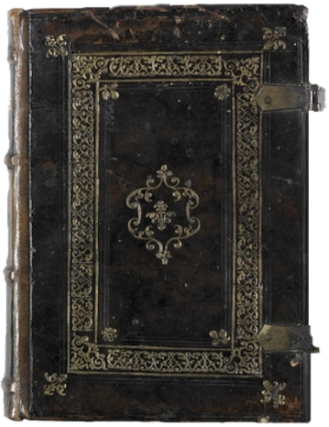 Richard III's Prayer Book
Richard III's Prayer Book